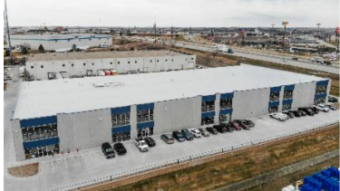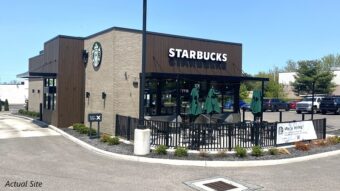Are the owners of new buildings showing off? It seems that way, according to a new study by the Council on Tall Buildings and Urban Habitat. According to the study, new buildings today increasingly are topped off with extreme spires, spaces that can’t be used by the building’s inhabitants and which are referred to by the council as vanity height.
That means, in simple terms, space that makes a building look impressive but that serves no real functional purpose. The council officially defines vanity height as the distance between a skyscraper’s highest occupiable floor and its architectural top.
As an example, the vanity height of the Burj Kahlifa building in Dubai is 244 meters tall. This means that the useless top of this building could be a skyscraper on its own. By itself it would rank as the 11th tallest building in Europe.
The Burj Al-Arab, also in Dubai, has the highest vanity ratio of any supertall building. A total of 124 of its 321 meters — or 39 percent — is devoted to non-occupiable space above the highest occupied floor.
You might notice a trend here: The United Arab Emirates is the nation with the greatest number of “vain” supertall buildings. The supertall buildings here have an average vanity height of 19 percent.
This doesn’t mean that the United States is above showing off with its supertall buildings. New York City boasts two of the tallest 10 vanit heights and will gain a third when the One World Trade Center is completed in 2014.
So what’s the “vainest” building in the world, according to the council? That’s be the Ukraina Hotel in Moscow. According to the council, 42 percent of its 206-meter height is non-occupiable.



